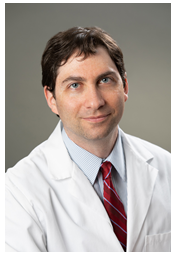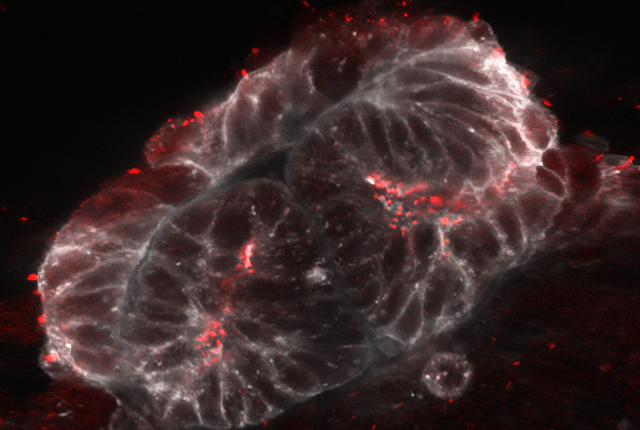

Cilia-free stem cells offer new path to study rare diseases
A group of rare diseases called ciliopathies — polycystic kidney disease notable among them — emerge from defects in cilia. These are the tiny hairlike structures on the surface of almost every cell type. The specific molecular-level disruptions in cilia that trigger these diseases are poorly understood.
In a novel experiment, Dr. Benjamin Freedman and scientists from the Freedman Lab “knocked out,” or deleted, the cilia in a population of otherwise normal human pluripotent stem cells. Subsequently, human tissues and mini-organ structures (organoids) derived from these cilia-free stem cells manifested ciliopathy-like symptoms.
The journal Nature Biomedical Engineering published the findings.
“We are trying to understand what cilia do, so we ablated them from these cells,” said Benjamin Freedman, whose lab led the work. “We wanted to see if the cells would re-create symptoms of ciliopathy without the cilia. Sure enough, when we turned the cells into tissues and organoids (tissue-like structures), they re-created polycystic kidney disease and problems with brain development.”
Read full story from UW Medicine Newsroom